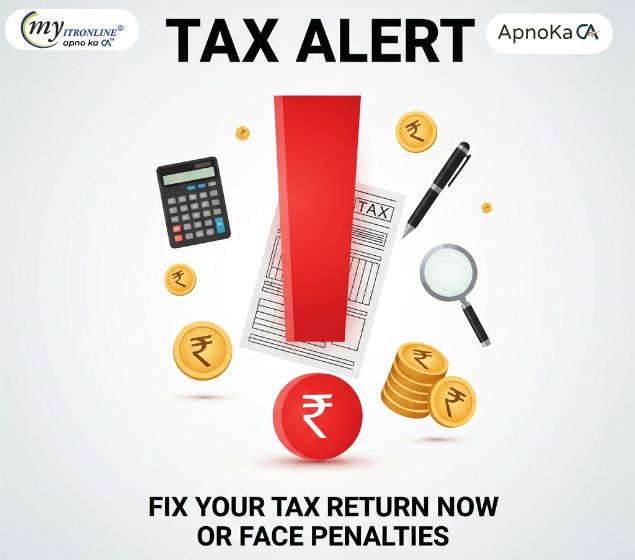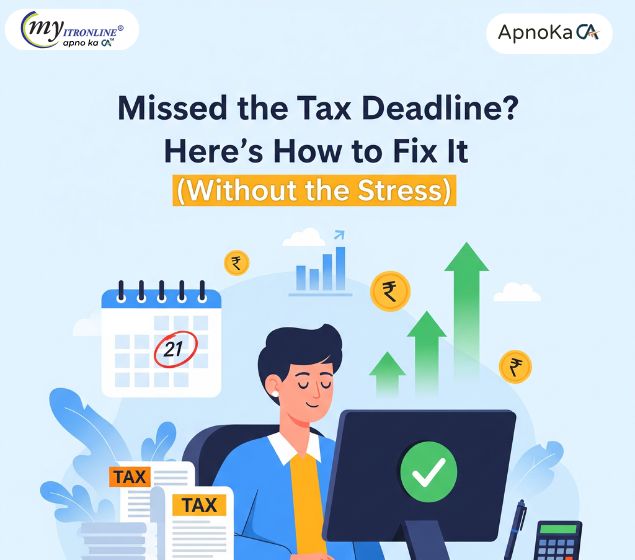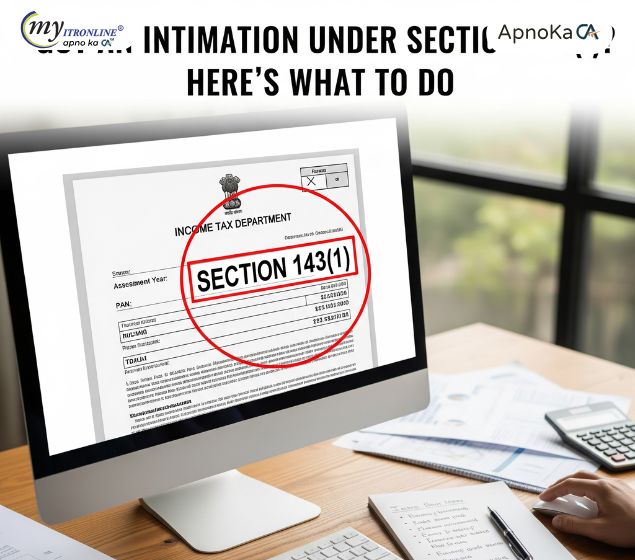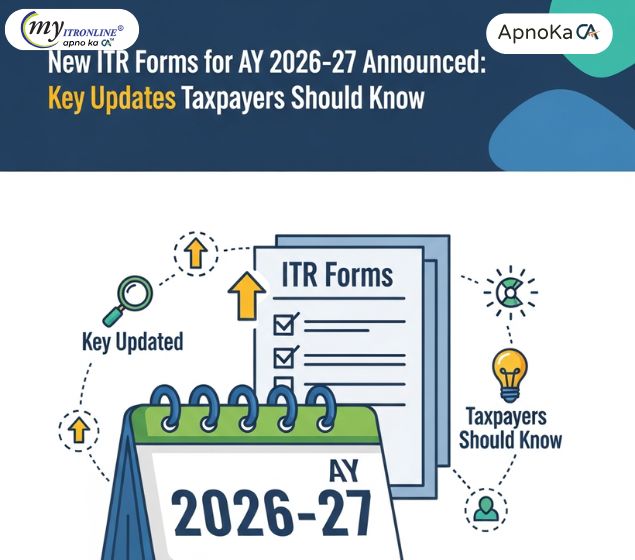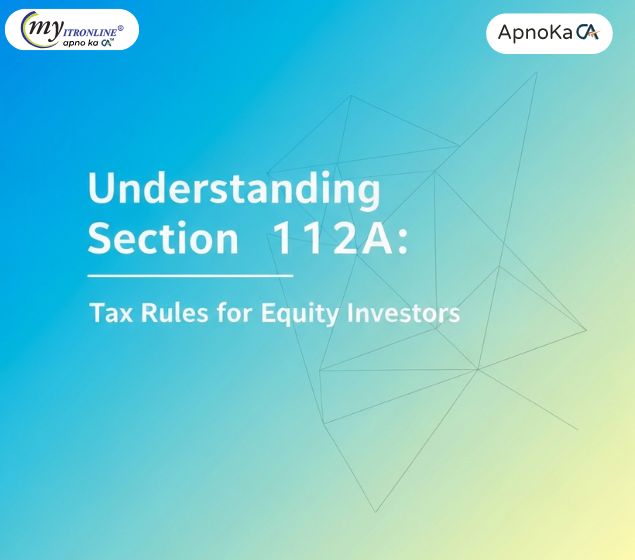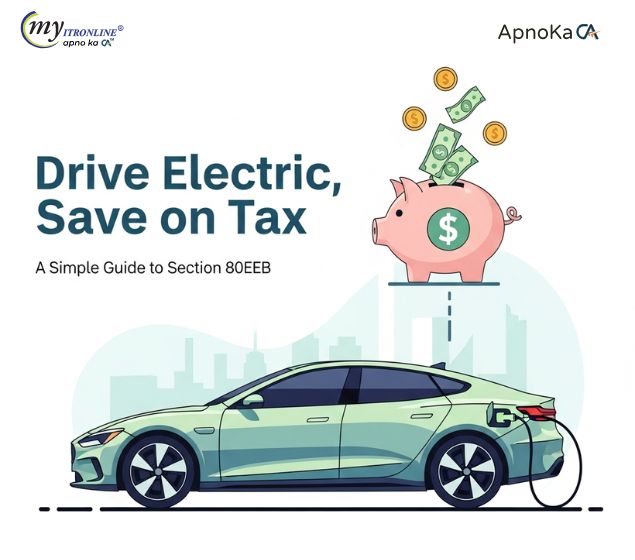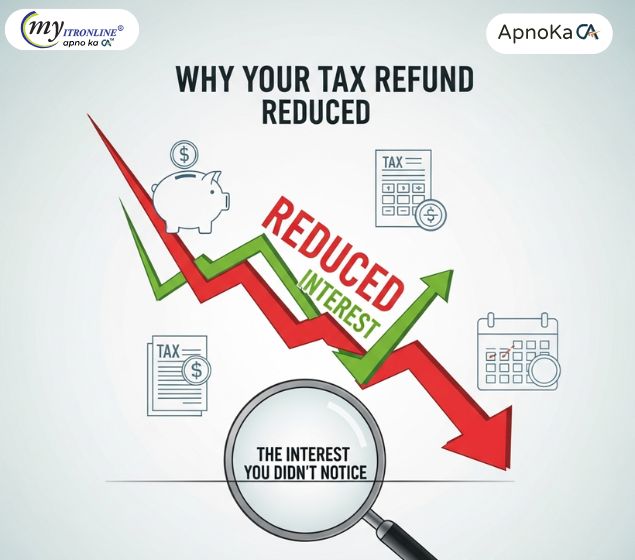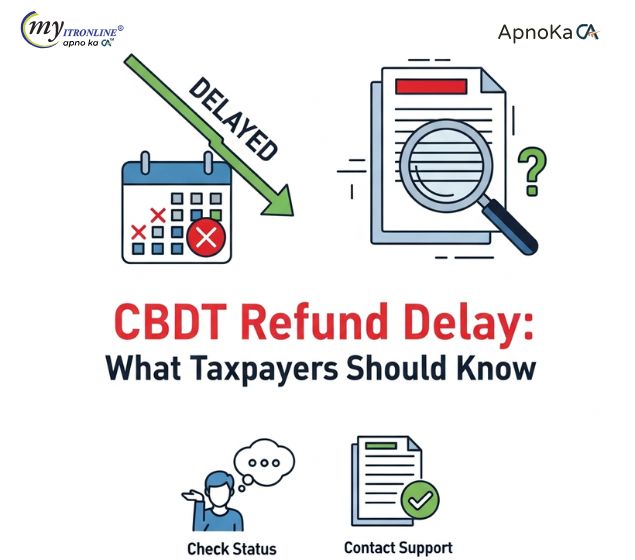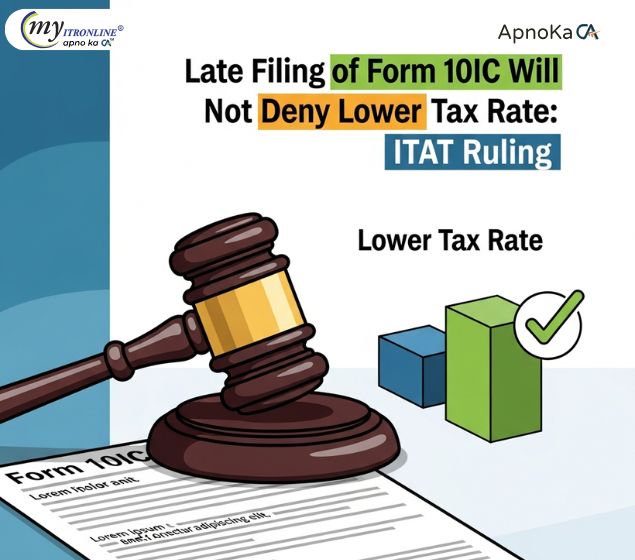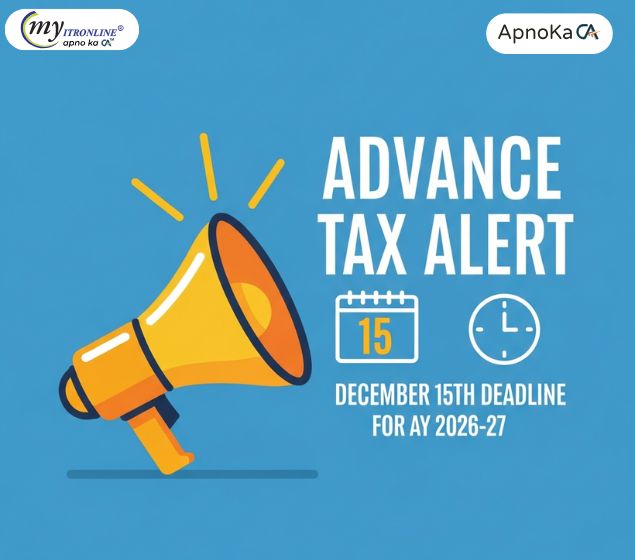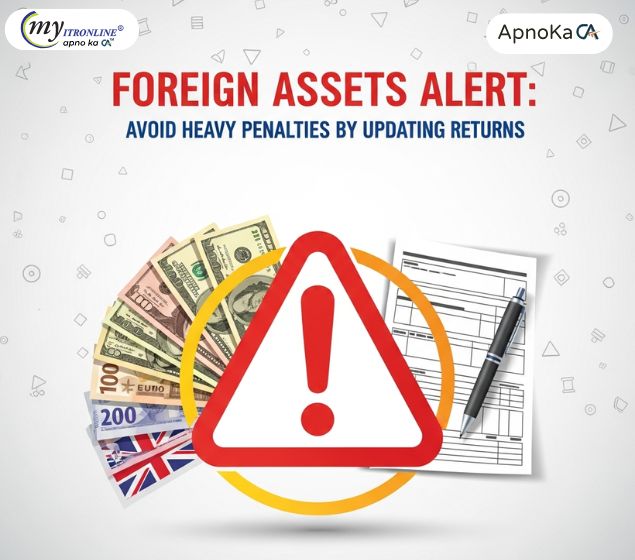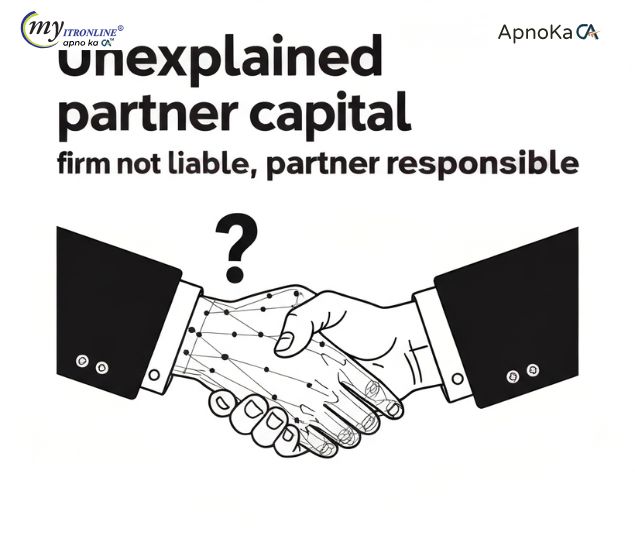Paying No Tax on 19.2 Lakh Earnings? Unraveling the Myth in India's New Tax Structure (FY 2025-26)
Analyzes the feasibility of achieving zero income tax on 19.2 lakh earnings under India's new tax regime (FY 2025-26 / Section 115BAC). Details the regime's rules, standard tax calculation, and debunks the zero-tax claim by highlighting the reliance on disallowed deductions (HRA, LTA, flexi-allowances). Concludes it's unrealistic for most salaried individuals
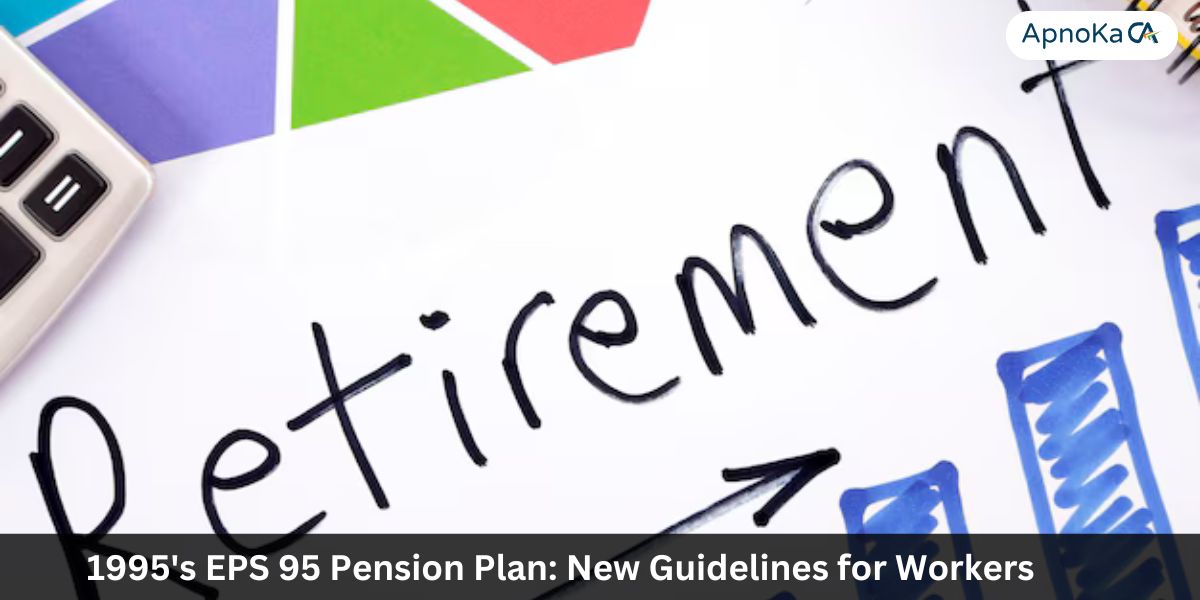
The notion of earning a sizeable income, like ₹19.2 lakh annually, while having no income tax liability is undoubtedly attractive. Recently, calculations proposing this scenario under India’s new tax structure (the default framework under Section 115BAC starting from FY 2023-24) have emerged. But is this realistically feasible for the typical salaried taxpayer?
Let’s thoroughly examine the features of the new tax system for FY 2025-26 (AY 2026-27), scrutinize the calculations backing this assertion, and determine its validity.
The new tax structure transitioned to the default choice on April 1, 2023. For FY 2025-26, notable changes introduced in the Budget 2025 are in effect:
- Updated Tax Brackets:
- ₹0 to ₹4,00,000: Nil
- ₹4,00,001 to ₹8,00,000: 5%
- ₹8,00,001 to ₹12,00,000: 10%
- ₹12,00,001 to ₹16,00,000: 15%
- ₹16,00,001 to ₹20,00,000: 20%
- ₹20,00,001 to ₹24,00,000: 25%
- Above ₹24,00,000: 30%
- Enhanced Rebate (Section 87A): The full tax rebate threshold has been raised. If your net taxable income is up to ₹12,00,000, your tax liability becomes nil (rebate up to ₹60,000).
- Standard Deduction: A standard deduction of ₹75,000 is available for salaried individuals and pensioners.
- Effective Zero Tax Income: Thanks to the ₹75,000 standard deduction and the ₹12 lakh rebate ceiling, a salaried person with a gross income of up to ₹12,75,000 (₹12,00,000 taxable income + ₹75,000 standard deduction) enjoys zero tax.
- Restricted Deductions: This point is vital. The new regime presents lower tax rates but prohibits most typical allowances and deductions available under the previous regime (such as HRA, LTA, Section 80C, Section 80D (except employer NPS), interest on self-occupied home loans, etc.).
Now, let’s calculate the tax liability for a salaried individual whose gross income is ₹19,20,000 under the new regime, considering only the standard deduction:
Gross Salary: ₹19,20,000
Deduct: Standard Deduction: ₹75,000
Net Taxable Income: ₹18,45,000
Tax Computation (on ₹18,45,000):
₹0 - ₹4,00,000: ₹0
₹4,00,001 - ₹8,00,000 (on ₹4L): 5% = ₹20,000
₹8,00,001 - ₹12,00,000 (on ₹4L): 10% = ₹40,000
₹12,00,001 - ₹16,00,000 (on ₹4L): 15% = ₹60,000
₹16,00,001 - ₹18,45,000 (on ₹2.45L): 20% = ₹49,000
Total Income Tax: ₹20,000 + ₹40,000 + ₹60,000 + ₹49,000 = ₹1,69,000
Plus: Health & Education Cess (4% of ₹1,69,000): ₹6,760
Total Tax Due: ₹1,75,760
Clearly, under ordinary circumstances, the tax obligation is substantial, not null.
Claims of zero tax on an income of ₹19.2 lakh typically hinge on fully leveraging every deductible expense permitted in the new tax framework, sometimes controversially including deductions that are typically not allowed. An example breakdown might resemble this (values are illustrative and based on shared examples):
Gross Income (CTC): ₹19,20,000
Less: Standard Deduction: ₹75,000
Remaining Income: ₹18,45,000
Less: Employer’s NPS Contribution (Sec 80CCD(2)): Assuming 14% of a Basic Salary segment (for instance, 14% of ₹6L Basic = ₹84,000)
Remaining Income: ₹17,61,000
Less: "Flexi/Component-based Exemptions": This component is highly debatable. Some calculations propose large deductions related to allowances like Conveyance, Books & Periodicals, Entertainment, Uniform, etc., which could total around ₹6,00,000 or more.
Remaining Income (with a hypothetical deduction of ₹6.2L): ₹11,37,400
Less: Home Loan Interest (Let-out Property - Sec 24(b)): Deduction claimed for interest paid on rented property, which can offset against rental earnings (e.g., ₹2,00,000 interest claim).
Remaining Income (with a hypothetical ₹2L deduction): ₹9,37,400
Less: Additional Deductions: This could also include Family Pension (max ₹25k) or various niche deductions like Agniveer Corpus Fund (Sec 80CCH) or specific allowances for disabled individuals. Let’s assume a hypothetical deduction of ₹37,400 here.
Final Taxable Income: ₹9,00,000
Tax Computation on ₹9,00,000:
₹0 - ₹4L: ₹0
₹4L - ₹8L (on ₹4L): 5% = ₹20,000
₹8L - ₹9L (on ₹1L): 10% = ₹10,000
Total Tax: ₹30,000
Since the Net Taxable Income (₹9,00,000) is beneath the ₹12,00,000 threshold, the taxpayer qualifies for the Section 87A rebate. The tax due (₹30,000) is less than the maximum rebate (₹60,000).
Tax Payable after Rebate: ₹30,000 - ₹30,000 = ₹0
Though the final step applying the Sec 87A rebate is accurate if the taxable income is reduced adequately, the deductions utilized to achieve such a minimal taxable income are dubious under the new tax framework:
- Flexi/Allowance Exemptions: This presents the largest concern. Section 115BAC clearly disallows most common allowances previously exempt under Section 10, including:
- House Rent Allowance (HRA)
- Leave Travel Allowance (LTA)
- Allowances like Entertainment, Books, Uniform, general Conveyance, etc. (unless they meet the stringent criteria of Section 10(14), which relate specifically to performing official duties, such as travel on assignment/relocation, daily allowance, or specific transport allowance for individuals with disabilities). Claiming substantial deductions for general "flexi components" under the new regime is typically incorrect.
- Home Loan Interest: The deduction under Section 24(b) is permitted for rented properties in the new system. Nevertheless, any losses from house property (if the interest exceeds the rent) cannot be offset against income from other sources like salary. The deduction is effectively limited by the rental income derived from that property. It necessitates a specific circumstance of owning a let-out property with adequate rental earnings. Interest on a self-occupied property does not qualify for deduction under the new tax system.
- Other Deductions: Although employer contributions to NPS (Section 80CCD(2)), family pension (Section 57(iia)), and Agniveer (Section 80CCH) are permissible, their applicability and amounts vary based on individual circumstances and typically do not significantly lower taxable income from ₹19.2 lakh.
Let's reassess using only normally applicable and permissible deductions for a salaried individual:
Gross Salary: ₹19,20,000
Less: Standard Deduction: ₹75,000
Less: Employer NPS (Estimating 10% of Basic+DA, let’s presume ₹1,00,000 for simplification): ₹1,00,000
Net Taxable Income: ₹17,45,000
Tax Calculation (on ₹17,45,000):
Tax on the initial ₹16L: ₹1,20,000 (based on slabs: 0 + 20k + 40k + 60k)
Tax on the subsequent ₹1.45L (@20%): ₹29,000
Total Tax: ₹1,49,000
Cess @ 4%: ₹5,960
Total Tax Payable: ₹1,54,960
Even with maximum employer NPS contributions, the tax liability remains considerable.
While the new tax regime (FY 2025-26) offers considerable advantages to taxpayers earning up to ₹12.75 lakh (rendering it tax-free), the assertion that no tax can be achieved on an income as high as ₹19.2 lakh is generally implausible for standard salaried individuals.
Such calculations are often heavily dependent on including exemptions for allowances (like HRA, LTA, various flexible components) that are explicitly disallowed under the guidelines of the new tax regime (Section 115BAC). They may also hinge on particular situations such as having substantial rental income to counterbalance let-out property loan interest, which is not applicable to everyone.
Key Takeaway: The main advantage of the new regime is reduced slab rates and a high zero-tax threshold (₹12.75L), rather than the option for extensive deductions to eliminate tax liability on elevated incomes. It’s essential to confirm tax-saving assertions against the specific provisions of the selected tax regime. If unsure, especially regarding intricate salary structures or deductions, consider consulting a qualified tax expert.
This blog post presents general information based on the current interpretation of Indian tax laws for FY 2025-26. Tax laws may change and be subject to different interpretations. This information should not be deemed as professional tax advice. For guidance tailored to your unique financial context, please consult a qualified tax advisor.
FILING YOUR INCOME TAX RETURN F.Y 2024-25 (A.Y. 2025-2026) WITH MYITRONLINE
The income tax filing deadline is right around the corner. If you haven’t filed yet, do it today with Myitronline! Avoid last minute rush and file your tax return today on MYITRONLINE in Just 5 mins.(www.myitronline.com)
If you are looking for eCA assistance to file your income tax return/ GST, you can opt for MYITRONLINE eCA assisted plan starting
Upload Salary Individual Form-16
If you have any questions with filing your tax return, please reply to this mail. info@myitronline.com OR call 9971055886,8130309886.
Note-All the aforementioned information in the article is taken from authentic resources and has been published after moderation. Any change in the information other than fact must be believed as a human error. For queries mail us at marketing@myitronline.com
Krishna Gopal Varshney
An editor at apnokacaKrishna Gopal Varshney, Founder & CEO of Myitronline Global Services Private Limited at Delhi. A dedicated and tireless Expert Service Provider for the clients seeking tax filing assistance and all other essential requirements associated with Business/Professional establishment. Connect to us and let us give the Best Support to make you a Success. Visit our website for latest Business News and IT Updates.
Leave a reply
Your email address will not be published. Required fields are marked *Share this article
Krishna Gopal Varshney, Founder & CEO of Myitronline Global Services Private Limited at Delhi. A dedicated and tireless Expert Service Provider for the clients seeking tax filing assistance and all other essential requirements associated with Business/Professional establishment. Connect to us and let us give the Best Support to make you a Success. Visit our website for latest Business News and IT Updates.
View articles








